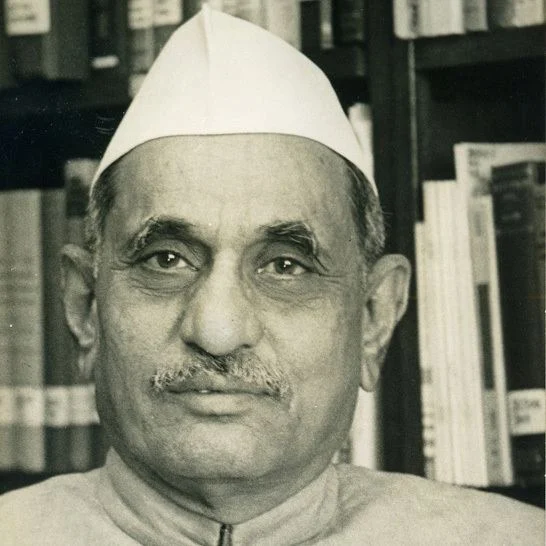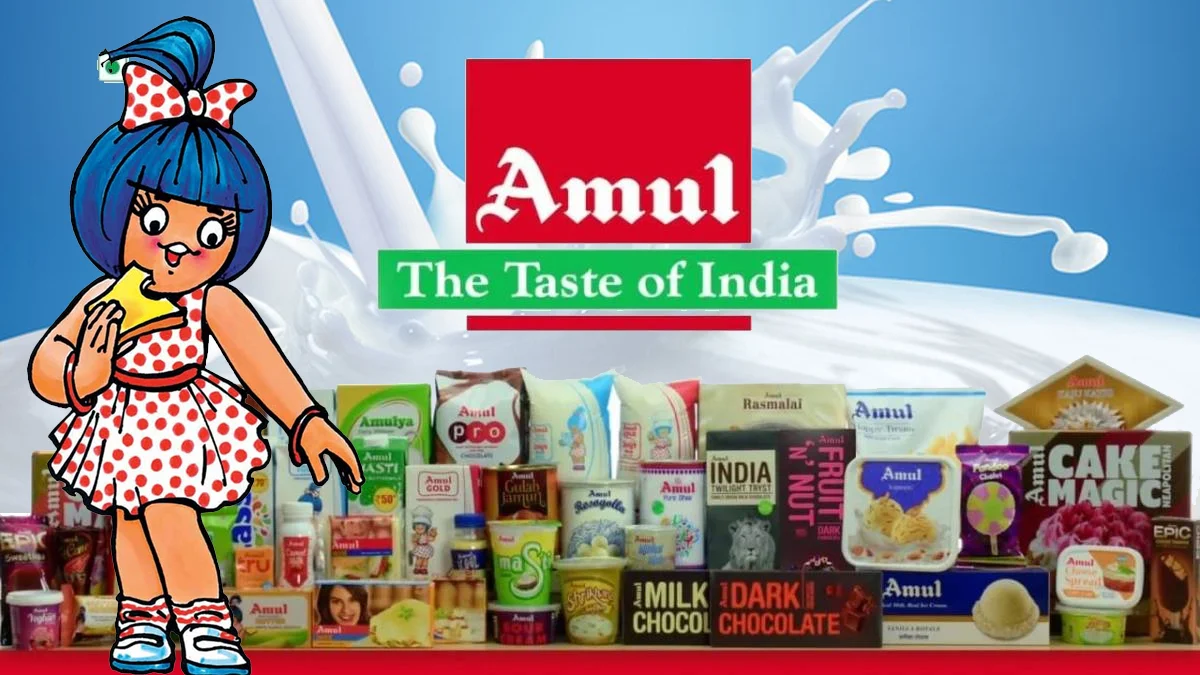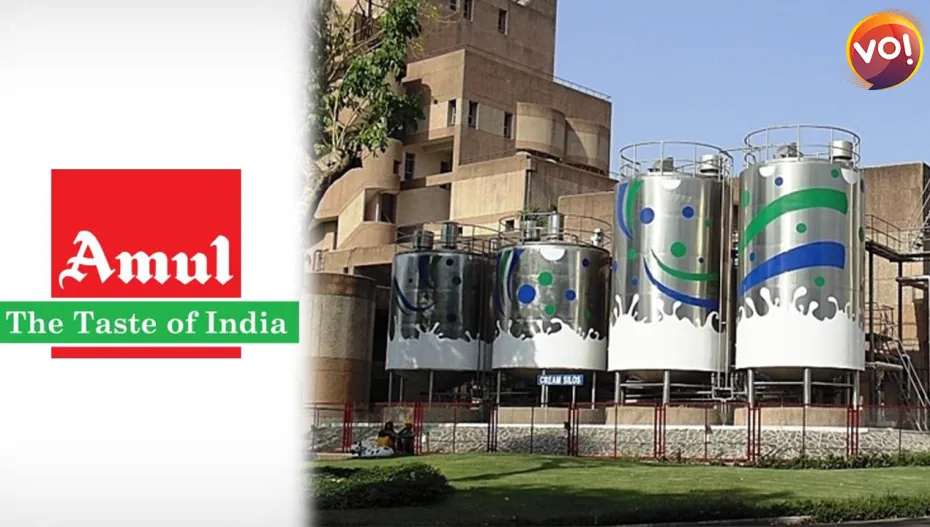Many iconic brands have emerged from Gujarat, but the one most closely identified with the state is surely Amul. Amul symbolises Gujarat in the popular mind, just as McDonald’s symbolises America. Gujarat Cooperative Milk Marketing Federation (GCMMF), which owns the brand, has reinforced this perception in its widely aired “Taste of India” campaign, which features visuals and music from rural Gujarat.

When GCMMF was created in 1974 to market the products of Gujarat’s cooperative dairies on a 5% commission, its portfolio consisted of liquid milk, ghee, cheese, butter and milk powder. GCMMF came up with the brand name Amul after much deliberation and consultation.
The story goes that its advertising agencies first proposed a choice of English brand names since the brand would be competing with multinationals like Nestle. Verghese Kurien, then designated General Manager, favoured an English name but Chairman Tribhuvandas Patel insisted on an Indian name, and the agencies finally came up with Amul, from the word Amulya, and loosely served as an acronym for Anand Milk Union Limited, though no organisation by that name actually existed.

Through the 70s and 80s, Amul operated in a seller’s market, where demand was higher than supply. The situation reversed in the 90s, when booming milk production led to Amul venturing into a new range of value-added products like paneer, curd, buttermilk and ice cream. “Many of these products were traditionally made at home,” recalls former GCMMF managing director BM Vyas. “But we believed the new Indian consumer had more money but less time and wanted off-the-shelf options. But it was still a risk, so we decided to create a new brand name for curd. We called it Masti Dahi.”
Masti Dahi was a runaway success, but another experimental product under the new brand name, Masti soup, failed to take off. Meanwhile, GCMMF’s paneer was initially test marketed in Gujarat under the Sugam brand name belonging to the Baroda District Dairy and it was only later launched nationally under the Amul brand name.

Amul also introduced some major innovations in packaging in the 90s. In 1994, it introduced the Taaza brand of long-lasting Ultra High Processed milk in Tetra Pak cartons, which was initially transported to the Kolkata market. Since it was a new product, Amul sold it at cost, charging the consumer Rs 18 for a one litre pack, at a time when fresh milk cost Rs 14 per litre in Kolkata.
Amul’s next breakthrough product was ice cream. Launched in 1996, Amul Ice Cream eventually doubled the size of the ice cream market. It was widely distributed, affordably priced and consumers could not get enough. Another product that grew rapidly in the late 90s was cheese. Along with its Cedar, Amul introduced Mozzarella cheese for pizzas, and later, Emmental, Parmesan and Gouda. GCMMF launched the Amul brand of frozen pizza in 2001, and though the product is still available in Gujarat, it is not a best-seller.
Over the years, Amul has created a pan-India cold chain for its dairy products and now it is leveraging it for a new range of frozen potato foods like French fries and aloo tikki, made by Gujarat’s co-operatives. Amul’s refurbished chocolate plant in Anand has expanded into spreads and syrups, competing with Hershey. Its latest product is a range of seltzers, under the Tru brand name, which competes with Pepsi and Coca-Cola.

Even as it takes on multinationals in the high end of the market, Amul has started competing with the local mithaiwala. GCMMF’s former managing director RS Sodhi believed mithai will be a big volume product. Sodhi was also responsible for setting up the Amul bakery in Anand, where it produces a range of breads, savouries and biscuits. Its most recent diversification is into a range of organic products, including toor dal, chana, moong, rajma, wheat and rice.
Today, Amul is a retail brand as much as a product brand. There are more than 10,000 Amul retail outlets and the number is growing. In the city of Ahmedabad they seem omnipresent. Most of these outlets are owned by franchisees and demand for the franchise is exploding because Amul now has such a wide product range that volumes are guaranteed.
Also Read: Bharat Ratna to Honour Former Prime Ministers and Renowned Scientist












